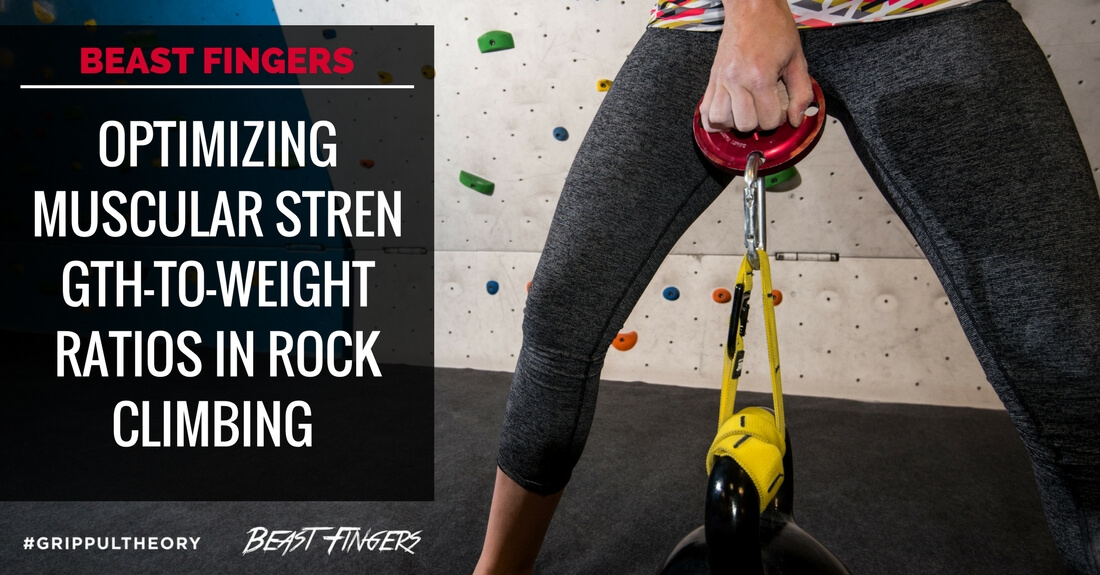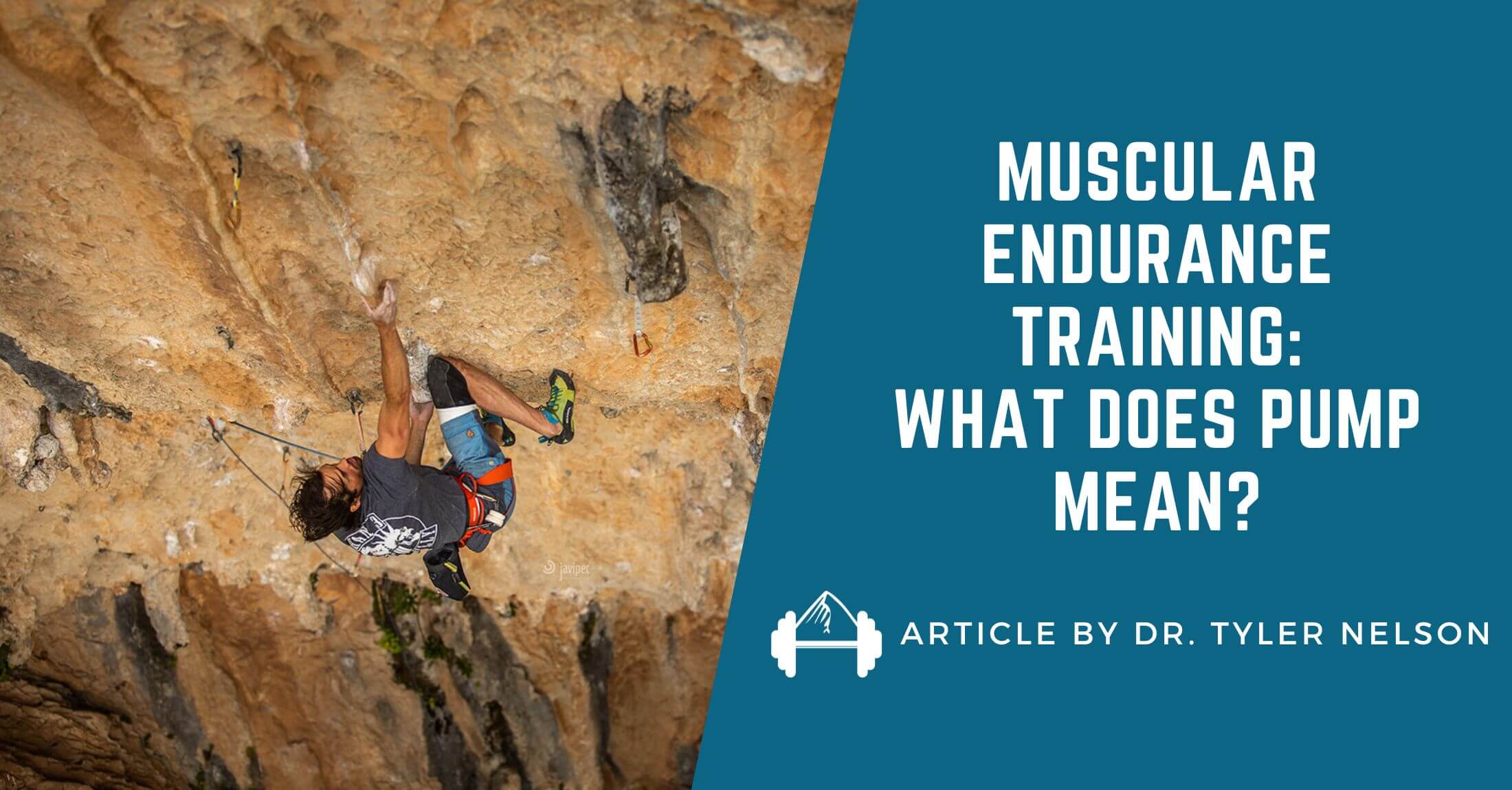This past summer we shared a study our friends at Beast Fingers were doing on strength-to-weight ratios in rock climbing and asked you to help them out and participate. Well, the Beast Fingers team has completed their study and made their results available to the public.
As we said in the past, the reason the sports science on climbing and exactly what it takes to improve climbing performance lags behind other mainstream sports is a lack of scientific research. Ultimately, studies like this one are an important step in progressing our scientific understanding of climbing.
Optimizing Muscular Strength-to-Weight Ratios in Rock Climbing
Before we get into the study itself, here’s a quick thank you from the Beast Fingers team:
“We want to thank you for being apart of this wonderful time in climbing! We have now published our early public release to our research, and you can now access the PDF for download.”
“We hope you enjoy, and hope that it assists you in developing programming for your climbing team, athletes, or clients! Best Wishes!” – Beast Fingers Climbing

To give you an idea of the study’s results, Beast Fingers found a positive correlation between strength-to-weight ratios and max boulder/route grade. Ultimately, this shouldn’t come as a huge surprise. We have always known that climbing revolves around strength-to-weight ratios. As a result, climbers have always tried to improve by either increasing their strength or losing weight.
However, to us, the most interesting part of this research is that this positive correlation didn’t extend to all the muscle groups tested. This is an extremely valuable insight as it allows coaches and athletes to prioritize strength development in certain areas over others. In theory, this will lead to more effective and efficient training.
Click through below to read the full study for yourself. As we said above, this kind of research is exactly what we need to continue learning about training for climbing!
PDF Download: Beast Fingers – Optimizing Muscular Strength-to-Weight Ratios in Rock Climbing

(photo courtesy of beastfingersclimbing.com)
Other Articles You Might Like:
- Research on Grip Strength Training
- TBP 063 :: The Anderson Brothers’ Evolving Training Philosophies and New Research
- Training For Climbing – Finger Strength Video
- How I Came Back Stronger After A Finger Injury





great, actionable information here. we need more studies like this! thanks for sharing 🙂
Great stuff thanks for sharing this!
They say:
“The force meter had multiple hand
attachments to measure accurately. For
most exercises a rounded handle was
attached. For the testing of finger strength,
the Grippul apparatus was used, with a
19mm climbing hold that was in-cut 15
degrees. Climbers were allowed to use chalk
before testing.”
Do you know what sort of ‘hand attachments’ were used, and also in what configuration the Grippul was tested in?
i.e. For Grippul was it attached to a meter and they did overhead pull down, or did they lift a certain amount of weight off ground to a certain level or…
Reason i ask is to gain insight into what also might be the best way to train hand strength.
thanks!